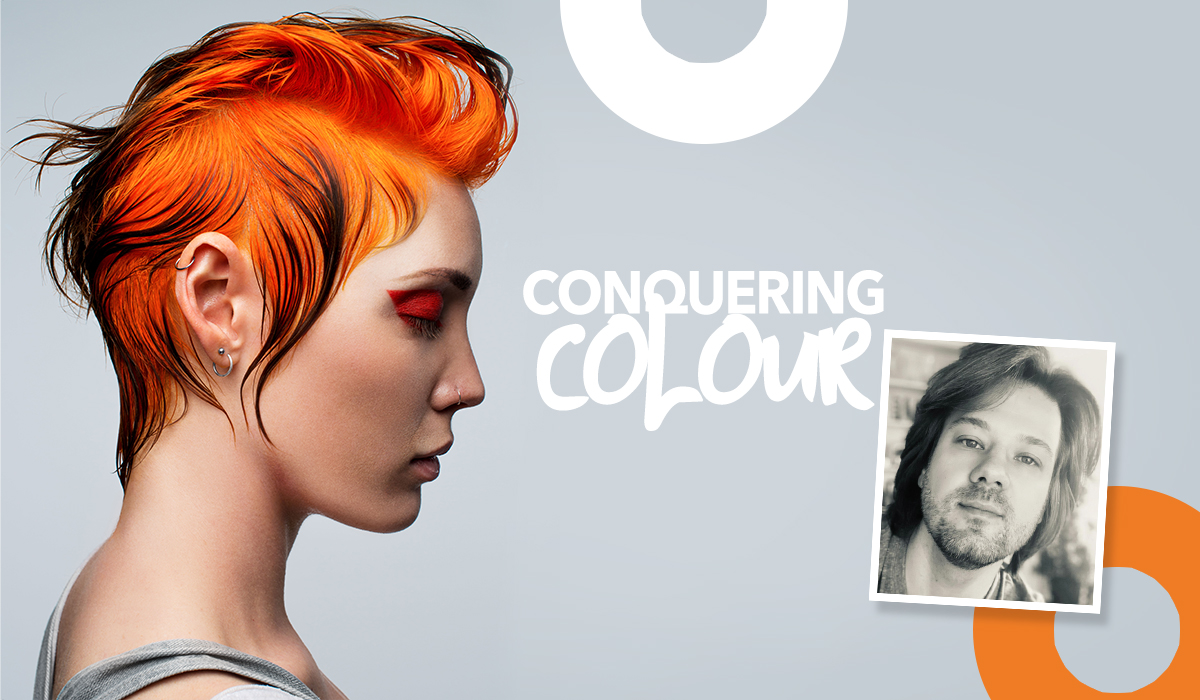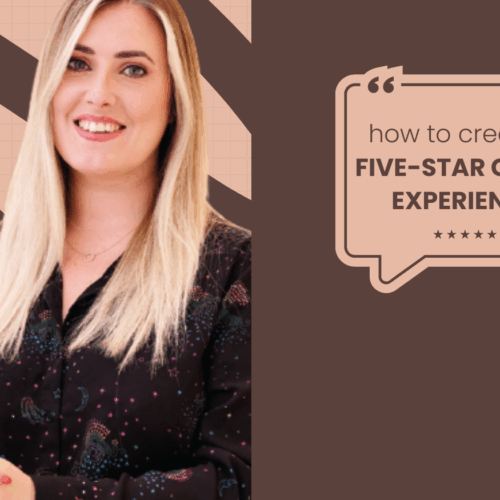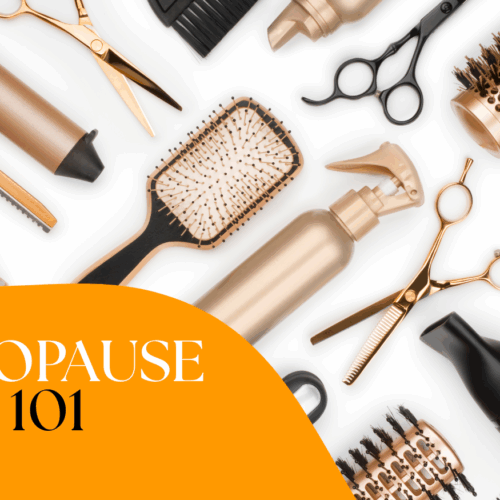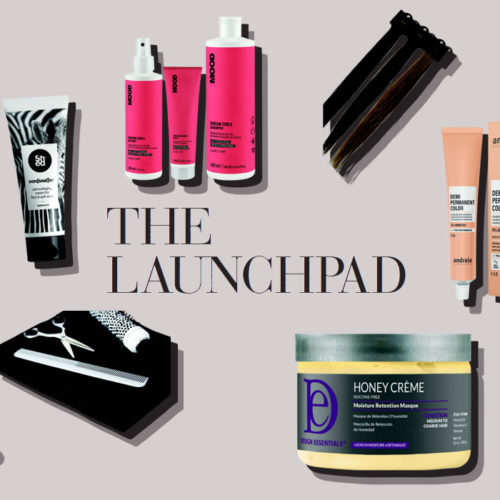Continuing his series, BHA Colour Technician of the Year 2020 and Global Colour Director at D&J Ambrose, Clayde Baumann, grants us an in-depth look at each of the stunning images in his winning collection.
How bored are you of seeing mouse brown and salt-and-pepper grey hair “Post Rona”?! Coppers and Reds are back (or at least I’m hell bent on bringing them back at D&J Ambrose!) with celebrities like Rihanna and Emma Stone revisiting the vibrant tones in 2021 so let’s explore the couture element of these shades.
To date, this image is still one of my most posted, printed and featured images spanning my competitive career. This fifth and penultimate image in my six-part series with Professional Hairdresser was an obvious addition to my winning collection and was sourced from my 2017 Collection: 4AM.
The Look
Inspired by “Hoxton Hipsters” and the East London Nightclub Culture, this wet look is achieved by pre-lightening the roots and deepening the ends to create a reverse-ombré. I dubbed this technique “Illuminaire” in 2014. This is a technique that offers a huge variety of styling options when creating inspirational imagery for a ‘couture colour’ vibe.
I dubbed this technique “Illuminaire” in 2014. This is a technique that offers a huge variety of styling options when creating inspirational imagery for a ‘couture colour’ vibe.
Let’s talk technique
With the final result in mind and knowing that the hue was to be in a warm spectrum, I can confidently pre-lighten the hair damp. The added water in the hair allows me to create a seamless merge between the light roots and contrasting dark ends. Making those merges masterfully seamless brings confidence to a dry styled finish also. Remember H2O and time are resources just like your products and tools.
Some looks are not for the average person…
… and this is no exception. Instead, this is a great opportunity to talk about creating high fashion looks for the competitive arena.
Creating beautiful contrasting colour so that you get that “how’d-they-do-that?” result holds its beauty in simplicity – a shift in perspective can change the entire way you see colour placement. Practicing techniques like this help to encourage lateral thinking. It’s important to think about how you can utilise the colour history so when creating your next creative colour technique, think about what you’re leaving behind rather than what you’re putting in – take it and make it part of your process.
Check out the article in our June issue HERE





